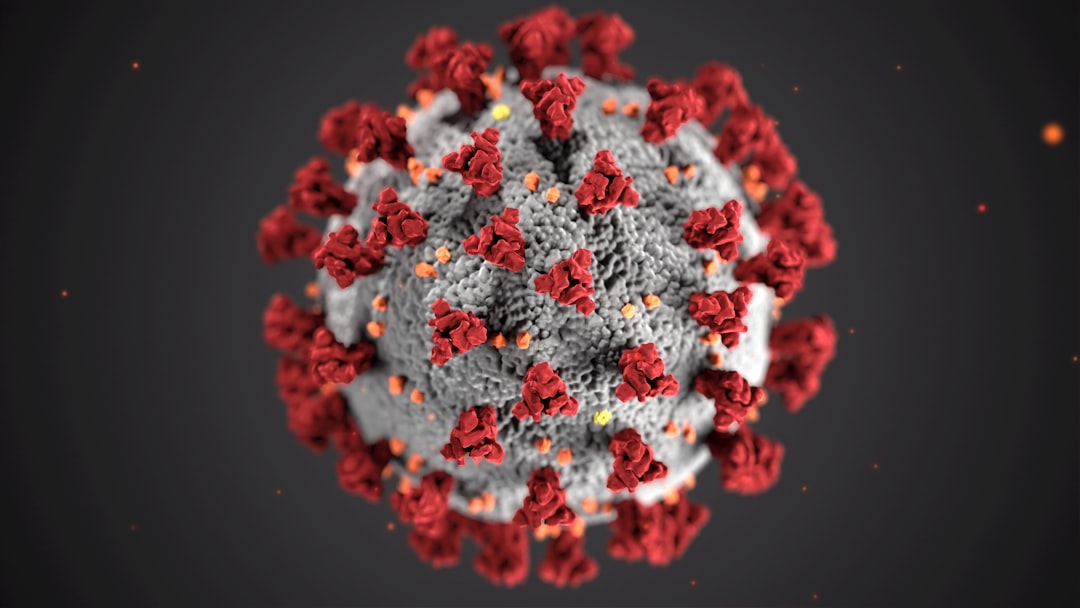What is it about?
Downbeat Nystagmus (DBN) belongs to the most frequent forms of central eye movement disorders. In DBN, eyes have a slow updrift and a fast, correcting, downbeating saccade. This process continous indefinitely, no matter whether people are awake or asleep. Consequently, it compromises the quality of life. Causes are lesions to the cerebellum or the brain stem, such as in strokes, multiple sclerosis, or idiopathic etiologies. There is no causal treatment for downbeat nystagmus. Symptomatic treatment includes various drugs. However, some people cannot tolerate the drugs due to side effects. In these cases, people may reduce the intensity of DBN by choosing particular rest-conditions, such as resting in upright head position and resting in the dark. This observational study shows that resting in the dark has potential to improve the intensity of DBN.
Featured Image
Why is it important?
Although there is no causal treatment for downbeat nystagmus, there are ways to reduce the intensity of downbeat nystagmus. Usually, these include the administration of drugs. Some people, however, cannot tolerate the drugs due to severe side effects. In these cases, side-effect free behavior changes, such as resting in darkness, may be alternative ways to improve the intensity of downbeat nystagmus. It needs to be kept in mind that this is an observational study only, with all its inherent limitations. Therefore, large randomized controlled trials are necessary to confirm its relevance. What makes us optimistic, though, is the consistency of the results. All patients showed at least a descriptive trend towards improving downbeat nystagmus. Consequently, this could be a relevant finding.
Read the Original
This page is a summary of: Resting in darkness improves downbeat nystagmus: evidence from an observational study, Annals of the New York Academy of Sciences, July 2016, Wiley,
DOI: 10.1111/nyas.13172.
You can read the full text:
Resources
Contributors
The following have contributed to this page










